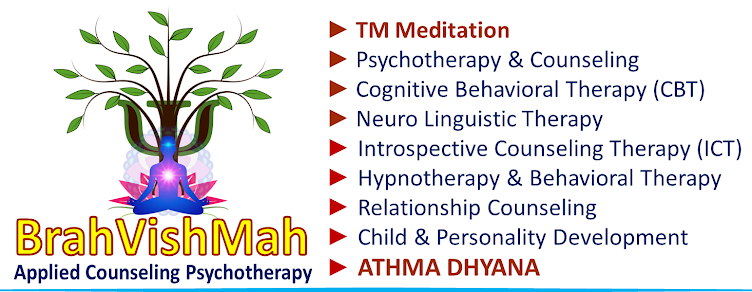- Neurosis is a class of functional mental disorders involving chronic distress, but neither delusions nor hallucination
- Neurosis should not be mistaken for psychosis, which refers to a loss of touch with reality. Nor should it be mistaken for neuroticism, a fundamental personality trait proposed in the Big Five personality traits theory
- Neuroses are characterized by anxiety, depression, or other feelings of unhappiness or distress that are out of proportion to the circumstances of a person’s life
- They may impair a person’s functioning in virtually any area of his life, relationships, or external affairs, but they are not severe enough to incapacitate the person
Symptoms and Causes
Neurosis may be defined simply as a "poor ability to adapt to one's environment, an inability to change one's life patterns, and the inability to develop a richer, more complex, more satisfying personality
- There are many different neuroses, including
- Obsessive–Compulsive Disorder,
- Obsessive–Compulsive Personality Disorder,
- Impulse Control Disorder,
- Anxiety Disorder,
- Hysteria, And
- A Great Variety Of Phobias
As per Horney’s theory
- Each person builds up his personal idealized image from the materials of his own special experiences, his earlier fantasies, his particular needs, and also his given faculties
- If it were not for the personal character of the image, he would not attain a feeling of identity and unity
- He idealizes, to begin with, his particular "solution" of his basic conflict: compliance becomes goodness, love, saintliness; aggressiveness becomes strength, leadership, heroism, omnipotence; aloofness becomes wisdom, self-sufficiency, independence
- What—according to his particular solution—appear as shortcomings or flaws are always dimmed out or retouched
Treatment
- Neurosis would be treated with standard psychological care. Conditions that are now diagnosed differently, such as depressive disorder, would have been treated using the same methods as today when neurosis was used an active diagnosis
- Treatment can include psychotherapy, psychoactive drugs, and relaxation exercises, such as deep breathing
- Other methods include cognitive behavioral therapy, which adjusts the faulty psychological mechanisms that respond to the environment to react as they should
- Creative therapies, such as art therapy or music therapy, have also been used to tackle mental disturbances similar to neuroses
Manivannan RJ





No comments:
Post a Comment